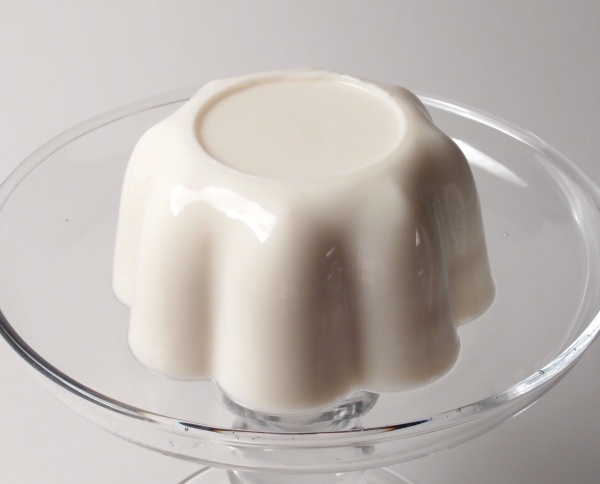Facts About Blancmange
Blancmange is a delightful dessert made from milk or cream, sugar, and thickening agents such as rice flour, gelatin, or corn starch. Often flavored with almonds, this dessert is typically set in a mold and served cold. While traditionally white, blancmange can be found in a variety of colors. Similar desserts include Bavarian cream, panna cotta, muhallebi, annin tofu, haupia, and tembleque.
The roots of blancmange stretch back to the Middle Ages, when it was a savory dish made with capon or chicken, milk, rice, and sugar, and was believed to be beneficial for the sick. Many European cultures have their own versions, with names like biancomangiare and manjar blanco. The oldest known recipe for blancmange dates back to the early 13th century.
During the Middle Ages and early modern period, blancmange was a favorite among the European upper class, with variations in ingredients and colors. Spices such as saffron and cinnamon were often added for extra flavor. By the 17th century, blancmange had evolved into a meatless dessert made with cream, eggs, and later, gelatin. In the 19th century, arrowroot and cornflour were introduced, giving us the modern version of blancmange we enjoy today.
The word "blancmange" comes from Old French, meaning "white dish." Different regions had their own names for it, reflecting its widespread popularity across Europe. The name most likely refers to its white color, although some believe it could also be an allusion to its mild and delicate taste.
So next time you’re in the mood for something sweet and creamy, give blancmange a try. It’s a dessert with a rich history and a flavor that is sure to please!

 Ireland
Ireland